The phenomenon of bird migration has long fascinated scientists and enthusiasts alike. Witnessing flocks of birds embarking on epic journeys across vast distances is a testament to the remarkable adaptability of these creatures.
However, amidst the migratory spectacle, an intriguing question arises: why do some birds not migrate? While migration is a vital survival strategy for many avian species, there exists a subset of birds that choose to remain in their habitats year-round.
These resident birds defy the instinctual urge to migrate, raising questions about the factors influencing this behavior.
Understanding why certain birds opt for a sedentary lifestyle has piqued the curiosity of researchers, shedding light on the complex interplay between ecological, physiological, and evolutionary forces that shape avian behavior.
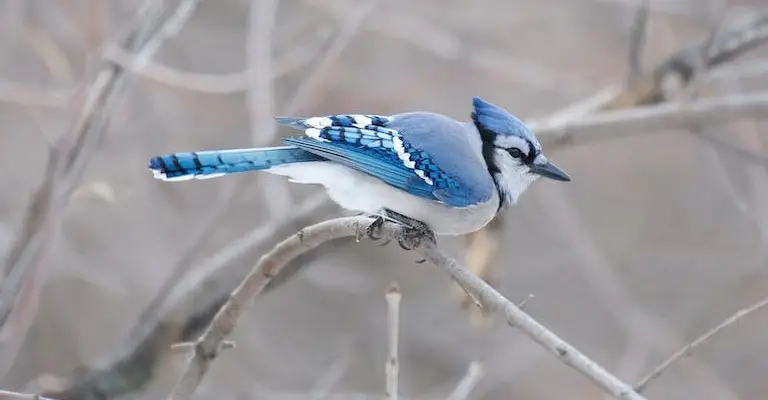
Why Do Some Birds Not Migrate?
Some birds do not migrate because they have adapted to their environment and can find enough food and shelter throughout the year.
There are many factors that influence whether a bird migrates or not, such as climate, food availability, habitat, competition, and predation.
Here are some points on why some birds do not migrate:
Saving Energy
Migration is a very demanding activity that requires a lot of energy and stamina. Birds that do not migrate can save their energy for other tasks, such as foraging, defending their territory, preening, and raising their young.
Defending Territory
The best feeding and nesting areas are often contested by many birds. Birds that do not migrate can claim and defend their territory throughout the year and have an advantage over migrating birds that return in the spring.
Nurturing Young
Birds that do not migrate can spend more time caring for their offspring and ensuring their survival. They can also raise more broods in a year, increasing their reproductive success.
Adapting To Food Sources
Birds that do not migrate have learned to adapt to the changing availability and accessibility of their food sources.
They can switch to different types of food, such as seeds, fruits, insects, or carrion, depending on the season and the location.
Exploiting Human Resources
Some birds that do not migrate have benefited from human activities that provide them with food and shelter.
For example, some birds feed on crops, garbage, or bird feeders, while others nest in buildings, bridges, or chimneys.
Avoiding Predators
Migration exposes birds to many dangers, such as predators, hunters, storms, and collisions.
Birds that do not migrate can avoid these risks and stay in familiar areas where they know how to escape or hide from predators.
Adjusting To Climate
Some birds that do not migrate have developed physiological and behavioral mechanisms to cope with the changing weather and temperature.
For example, some birds can grow thicker feathers, lower their body temperature, or huddle together for warmth.
Finding Breeding Sites
Some birds that do not migrate have access to suitable breeding sites throughout the year.
They do not need to travel long distances to find a place to lay their eggs and raise their chicks.
Reducing Competition
Some birds that do not migrate face less competition from other species for food and space. They can exploit resources that are scarce or unavailable for migrating birds.
What Are Some Examples Of Birds That Do Not Migrate?
There are several examples of birds that do not migrate and instead remain in their habitats year-round.
Here are a few notable examples:
American Crow (Corvus Brachyrhynchos)

Found throughout North America, American crows are intelligent and adaptable birds that are known for their distinctive calls and social behaviors. They often form resident populations in urban and rural areas.
European Robin (Erithacus rubecula)
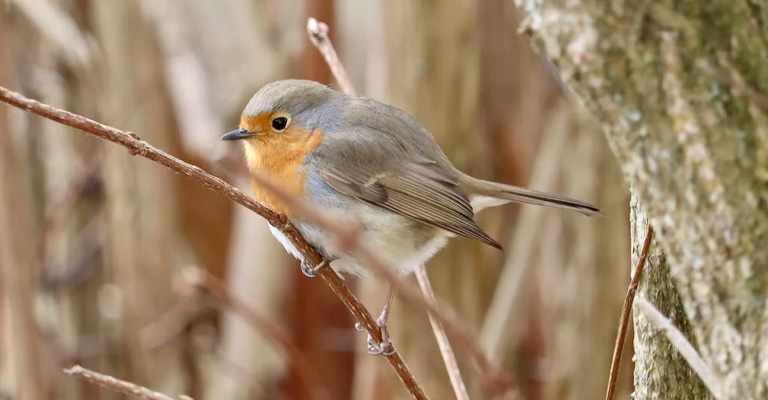
Despite its name, the European robin is not closely related to the American robin.
These small birds are commonly associated with winter due to their presence in many European gardens, even during colder months.
Australian Magpie (Gymnorhina tibicen)
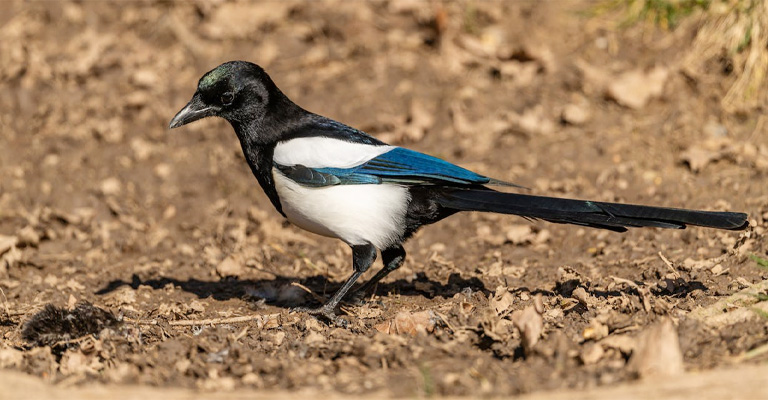
This iconic Australian bird is known for its melodious song and distinctive black-and-white plumage.
Many Australian magpie populations do not undertake long migratory journeys and are present in their territories year-round.
Galápagos Penguin (Spheniscus mendiculus)
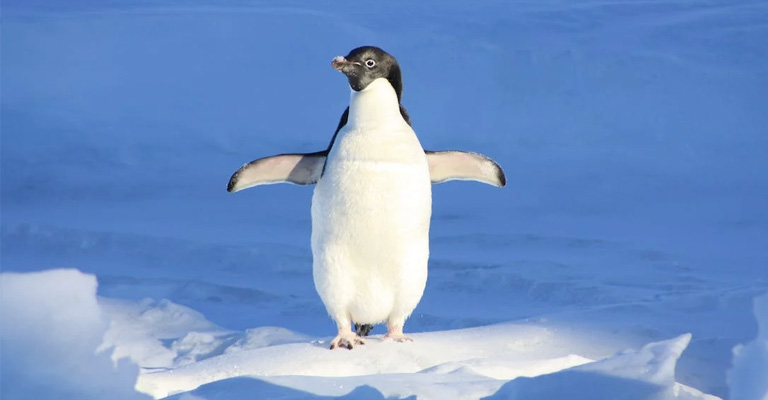
Adapted to the equatorial climate of the Galápagos Islands, these penguins are the only penguins found north of the equator.
The relatively stable temperatures in their habitat allow them to remain non-migratory.
Southern Cassowary (Casuarius casuarius)
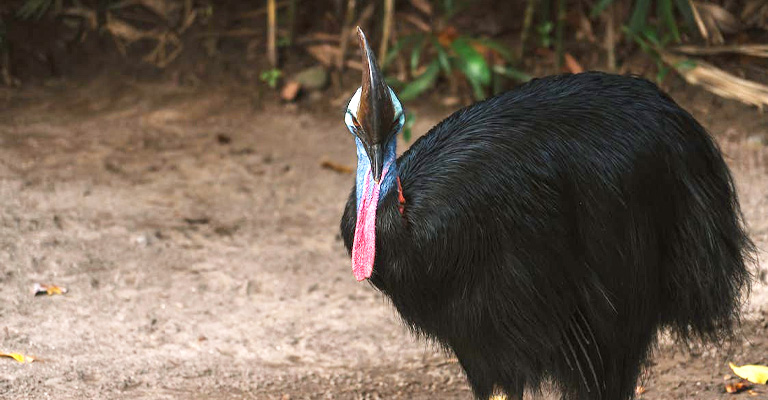
Native to the rainforests of northern Australia, New Guinea, and nearby islands, the southern cassowary is a large, flightless bird.
It remains in its territory throughout the year, relying on the resources of its forest habitat.
Red-vented Bulbul (Pycnonotus cafer)
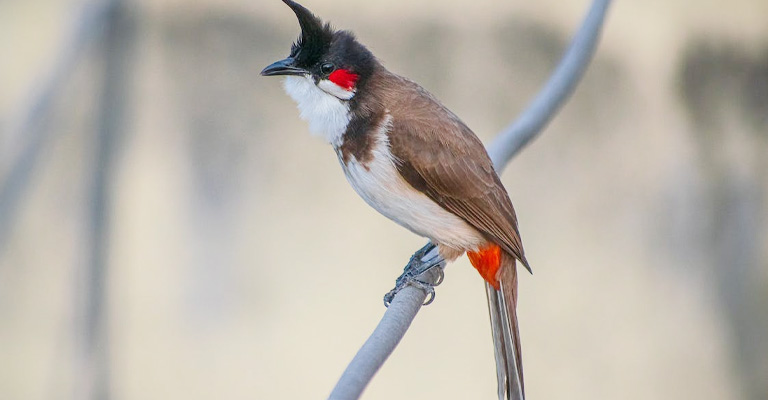
This bird is native to South Asia and is known for its distinctive call and vibrant plumage.
It’s often found in gardens, urban areas, and forests, remaining resident in its range.
African Fish Eagle (Haliaeetus vocifer)
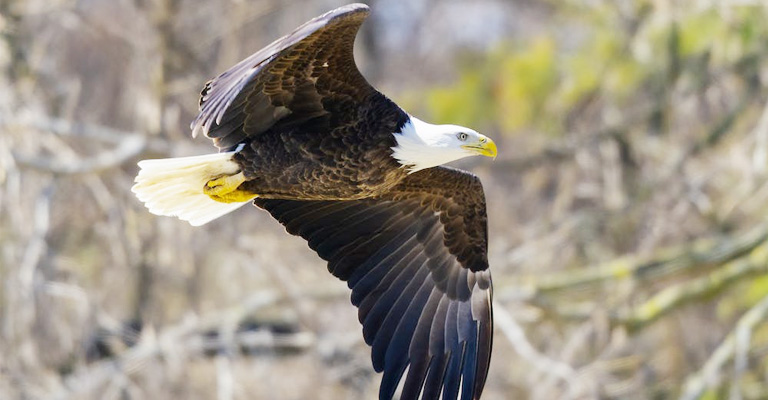
As one of Africa’s most iconic raptors, the African fish eagle is known for its striking appearance and powerful call.
It resides around bodies of water, such as rivers and lakes, where it hunts for fish year-round.
These examples highlight the diverse range of bird species that have evolved to thrive in specific environments and have forgotten the need for long-distance migration.
How Do Non-Migratory Birds Survive In Winter?
Non-migratory birds are birds that stay in the same region throughout the year and do not travel long distances to warmer climates in winter.
They have various strategies to survive the cold and harsh winter months, such as:
Growing More Feathers
Some non-migratory birds, such as chickadees, grow 35-70% more feathers in winter than in summer. These feathers provide extra insulation and warmth for the birds.
Defending Territory
Some non-migratory birds, such as cardinals and blue jays, maintain and defend their territory throughout the year.
This gives them an advantage over migrating birds that return in the spring, as they can access the best feeding and nesting areas.
Adapting To Food Sources
Some non-migratory birds, such as woodpeckers and hummingbirds, have learned to adapt to the changing availability and accessibility of their food sources.
They can switch to different types of food, such as seeds, fruits, insects, or carrion, depending on the season and the location.
Exploiting Human Resources
Some non-migratory birds, such as ravens and mockingbirds, have benefited from human activities that provide them with food and shelter.
For example, some birds feed on crops, garbage, or bird feeders, while others nest in buildings, bridges, or chimneys.
Avoiding Predators
Some non-migratory birds, such as owls and turkeys, have developed ways to avoid or escape predators.
They can hunt at night, camouflage themselves in grasslands or forests, or use their size and strength to fend off attackers.
Adjusting to Climate
Some non-migratory birds, such as Anna’s hummingbirds and verdins, have developed physiological and behavioral mechanisms to cope with the changing weather and temperature.
For example, some birds can lower their body temperature at night to conserve energy or huddle together for warmth.
Finding Breeding Sites
Some non-migratory birds, such as game birds and tits, have access to suitable breeding sites throughout the year.
They do not need to travel long distances to find a place to lay their eggs and raise their chicks.
Reducing Competition
Some non-migratory birds, such as magpies and great horned owls, face less competition from other species for food and space. They can exploit resources that are scarce or unavailable for migrating birds.
Roosting
Some non-migratory birds, such as wrens and chickadees, roost together in flocks to keep warm. They can also use tree cavities or roosting boxes for shelter.
These are some of the ways that non-migratory birds survive in winter.
FAQ
Some birds remain non-migratory due to their habitat’s stable conditions and ample food availability year-round. These species have evolved to adapt to specific environmental niches, negating the need for energy-intensive migratory journeys.
Yes, genetic factors play a role. Non-migratory behavior can be inherited, as certain bird populations have developed genetic traits that favor sedentary lifestyles, allowing them to thrive in their resident environments.
Birds in areas with consistent food sources and moderate climates often choose not to migrate. Adequate resources eliminate the necessity for long-distance travel, enabling these birds to remain in their habitats year-round.
Yes, the presence of predators or strong competition in both migratory routes and wintering grounds can deter some birds from migrating.
Staying in familiar territory where they can avoid these challenges may offer a survival advantage.
Human-induced habitat changes and alterations to natural food sources can influence non-migratory behavior.
Birds may adapt to urban environments or modified landscapes, opting not to migrate if they find suitable conditions for nesting and feeding throughout the year.
Conclusion
In the intricate tapestry of avian behavior, the decision of whether to migrate or stay put is a testament to the diverse strategies birds employ to navigate their ever-changing environments.
The question of why some birds choose not to migrate is a reminder of the astonishing diversity that exists within the natural world.
From climatic adaptations and resource availability to genetic predispositions, the factors influencing migratory decisions are as varied as the species themselves.
As we uncover more about the intricacies of bird behavior, we gain not only a deeper understanding of these creatures but also insights into the delicate balance of ecosystems.
The resident birds, anchored in their habitats throughout the changing seasons, stand as a testament to the resilience and adaptability that evolution has bestowed upon them.